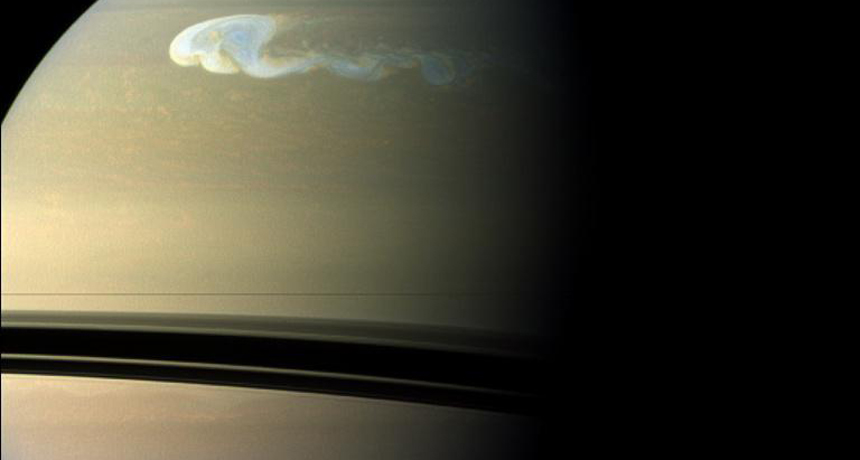Atmospheric water may be giving Saturn its spots

In 2010, a massive storm broke out in Saturn’s northern hemisphere. Researchers hypothesize that circulating water may be behind the squalls that seem to appear on the planet every few decades.
NASA/JPL-Caltech/Space Science Institute







